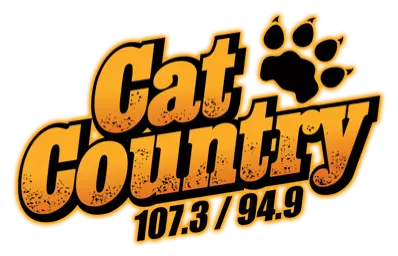
This Monster Caught in Southern Utah Caused a Diabetes Breakthrough
Big Poisonous Lizard Can Be Found in Southern Utah
The St. George area takes in the tip of the Mojave Desert habitat for Gila Monsters. These are the largest lizard native to the United States and can weigh a couple pounds and up to 2 ft. long. Their beaded skin is striking with yellow or pink bands.
They are venomous although the last death reported was back in the 1930’s and the guy was drunk and possibly did not die from the bite. The venom of the Gila Monster has proved a boon to those who have diabetes and it all happened here in Southern Utah.
Testing the Venom
In the 1980’s someone thought of testing the venom taken from Gila Monsters found here in Southern Utah. They discovered Exendin-4 that helps to treat type 2 diabetes. The chemical is now created in a lab, so they don’t have to capture lizards to get it and is known as Exenatide.
If you happen to see one of these lizards in Snow Canyon State Park or in the desert around, count yourself lucky. They usually stay in the shade of the rocks and are rarely visible. Do not pick them up but you can quietly thank them for their part in a medical breakthrough.
How Do You Thank a Lizard for Their Help?
One way to show our appreciation to the Gila Monsters in Utah is to make them the state reptile. That is exactly what we did back in 2019. Right along with the noble seagull as state bird and coal as the state rock we have the Gila Monster.
Read More: Utah’s Most Dangerous Animals You Need To Watch Out For
I think at some point it should become a mascot for one of the local schools. The Golden Knights of Las Vegas kind of beat us to the punch with Chance the Gila Monster as their mascot. I think having a high school or college team known as the monsters would be good.
Take A Hike Under the Lava in Snow Canyon
Gallery Credit: Olivia
LOOK: Stunning animal photos from around the world
Gallery Credit: Nicole Caldwell

